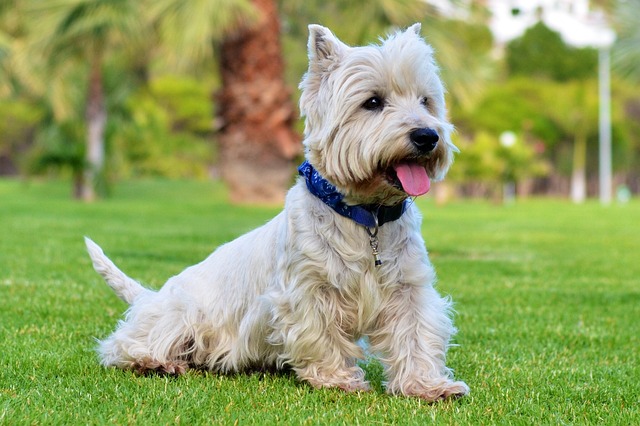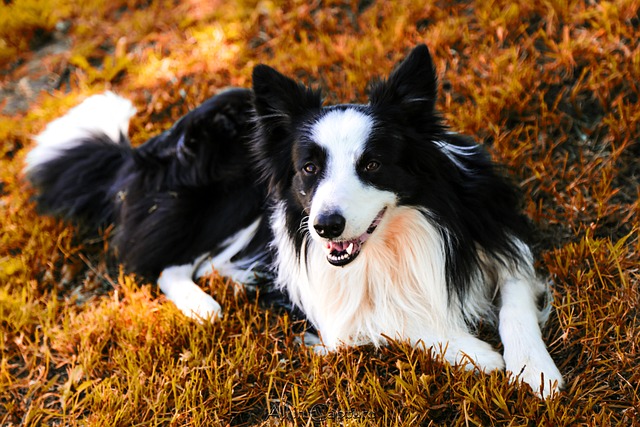
How do I teach my dog to jump for agility
You’re watching an agility trial at your local Portland park, mesmerized as a Border Collie soars over hurdles like a furry superhero.
The whirlwind of paws and needle-sharp teeth when you walk through your door is more than chaotic—it’s a liability risk in our lawsuit-conscious society. That exuberant golden retriever who scratches visitors or nips sleeves isn’t being "bad"; he’s drowning in overstimulation. Take Bella, a rescue boxer in a Los Angeles apartment whose joyful leaps at delivery drivers nearly caused eviction after noise complaints. The solution lies not in suppression but in rewiring excitement itself.
Biologically, jumping and mouthing are natural canine behaviors—puppies jump to reach maternal faces, and gentle biting explores their world. But when reinforced accidentally, these actions become dangerous habits. Physical corrections like kneeing your dog away or yelling escalate frustration and violate U.S. animal welfare norms. Modern impulse control training addresses the root cause: teaching dogs to self-regulate arousal.
Start by becoming a master of timing. The instant paws leave the ground, turn your back completely—silently freezing like a statue. This removes all attention, teaching that calmness earns interaction. Simultaneously, reward "four on the floor" with high-value treats before the jump erupts. For biting, redirect to a frozen lick mat or rope toy—never let human hands become tug targets. If teeth make contact during play, yelp sharply and disengage for 30 seconds, mimicking how littermates teach bite inhibition.

Urban living amplifies stakes. Thin-walled apartments turn excited barking into noise ordinance violations—fines reach $400 in Seattle. Practice "door desensitization": play doorbell recordings at low volume while scattering kibble, gradually increasing intensity. Keep leashes handy for greetings; California landlords can evict for "repeated nuisance behaviors" like jumping incidents. Compliance essentials include current rabies vaccines ($1,000 fines in New York) and biodegradable bags at every exit—Denver issues $250 tickets for missed waste pickup mid-greeting chaos.
Community etiquette transforms tension. Coach guests to become trees—arms folded, no eye contact—when jumping starts. In shared hallways (where Boston mandates short leashes), use the "sit-to-say-hi" protocol: only allow approach when your dog’s rear touches the floor. For park excitement, have strangers toss treats away from their bodies, redirecting charging energy. A Chicago trainer solved a shepherd’s leash-jumping by attaching a carabiner-clipped treat pouch to the owner’s belt, enabling instant rewards for calmness.
Severe cases demand arousal management. If your herding mix bites ankles when guests arrive, implement pre-emptive strategies. A 15-minute flirt pole session before anticipated excitement burns nervous energy. Designate a "calm zone" with a chew-stuffed crate or snuffle mat. Teach incompatible behaviors like "go to mat" during triggers—one Austin border collie learned to fetch a toy instead of mouthing visitors through consistent drills with turkey rewards.
Track micro-progress: "Two weeks ago, Bella jumped 12 times per greeting; now it’s three." If mouthing persists beyond six months, investigate medical causes—dental pain drives 15% of cases. Remember: that moment your labrador sits wagging instead of launching at your work bag? That’s urban impulse control mastered.

You’re watching an agility trial at your local Portland park, mesmerized as a Border Collie soars over hurdles like a furry superhero.

Coming home to another puddle on the carpet or a surprise in the corner can be frustrating, but potty training doesn’t have to be a never-ending battle.

Watching your new puppy squat on the living room rug can send your heart into your throat. That sinking feeling, combined with the frantic grab for paper towels, is all too familiar for dog parents.

Understanding your dog's bark is key to harmony. Explore the emotional triggers behind their barking and strengthen your bond while finding effective solutions.

Bringing a new puppy home is an exciting time, but the task of potty training can feel overwhelming. Don’t worry—with patience, consistency, and the right approach, you’ll have your furry friend toileting in the right place in no time.

Picture your puppy sniffing every leaf and lamppost on your morning walk—that relentless curiosity isn’t just adorable, it’s biological wiring begging to be harnessed.